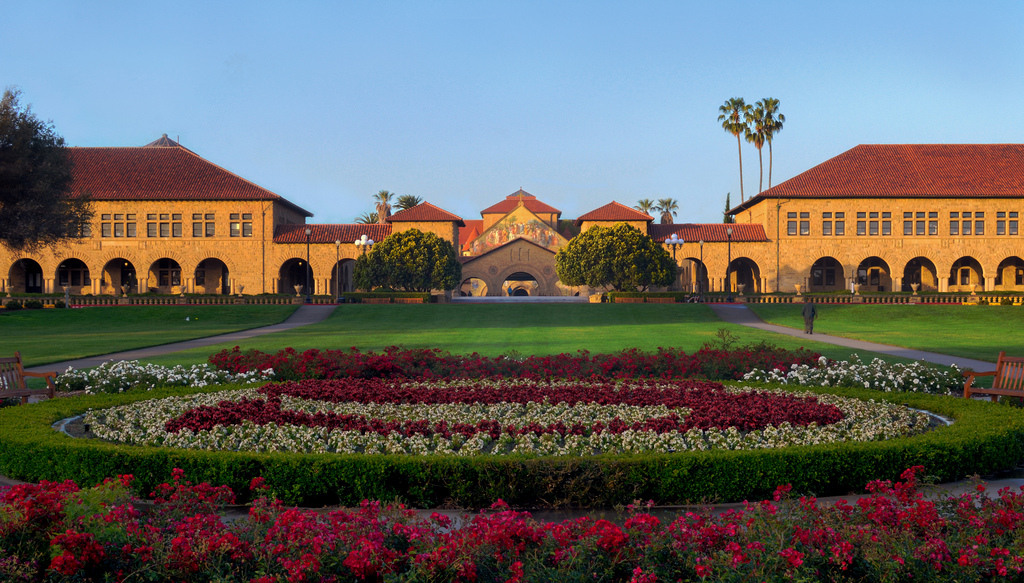
If you apply at Harvard, Columbia, Yale, and various other ivy league schools, there is a very good chance that you will not be accepted.
Ivy’s are known for accepting well below 10% of all applicants, and typically students must achieve some very impressive testing scores and offer plenty of community involvement before they are accepted.
The eight ivy league institutions are Brown University, Columbia University, Cornell University, Dartmouth College, Harvard University, the University of Pennsylvania, Princeton University, and Yale University.
In 2014, both The Washington Post and US News & World Report collected data on acceptance rates at non-Ivy league schools.
Here are 9 US colleges that are harder to get into than some ivy league schools.
Claremont McKenna College — 10.8%

This Southern California-based institution is ranked as the ninth-best national liberal-arts college, according to the 2016 ranking from US News & World Report.
Ivy league schools that are easier to get into: UPenn, Brown, and Dartmouth, and Cornell.
US Military Academy — 9.5%
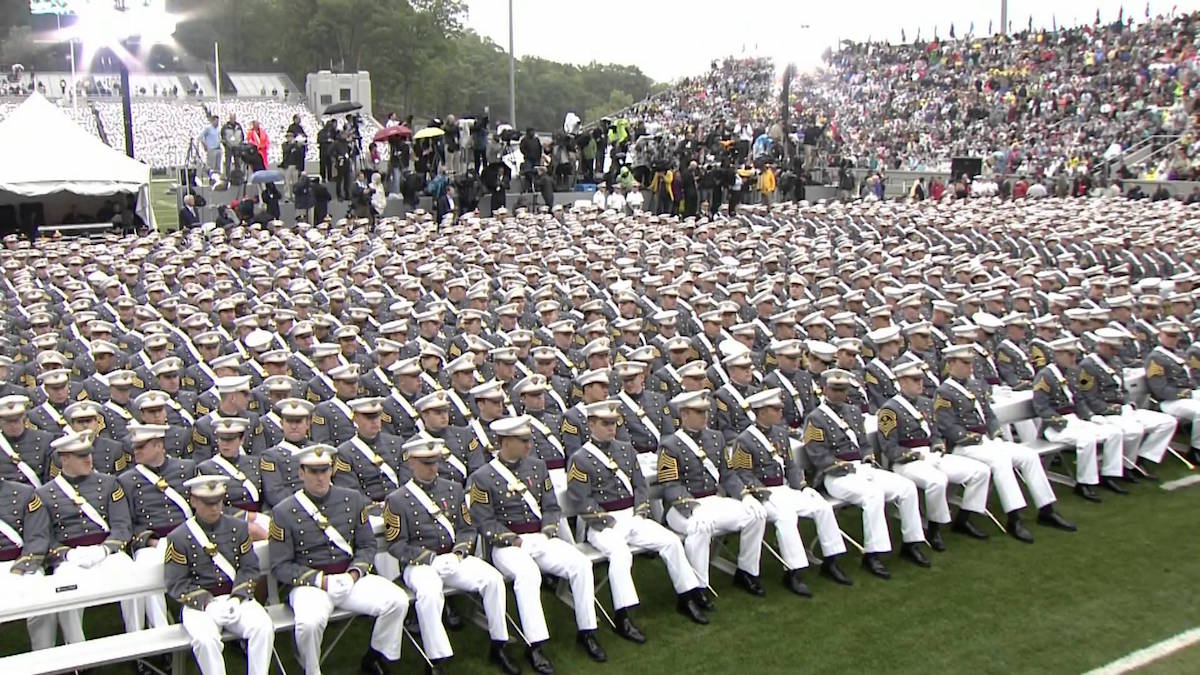
The Military Academy is not only one of the top universities in the country, it is also 100% free, with the bill being picked up by the US Army. Following graduation students must service an active-duty service obligation.
Ivy league schools that are easier to get into: Brown, UPenn, Dartmouth, and Cornell.
California Institute of Technology — 8.8%
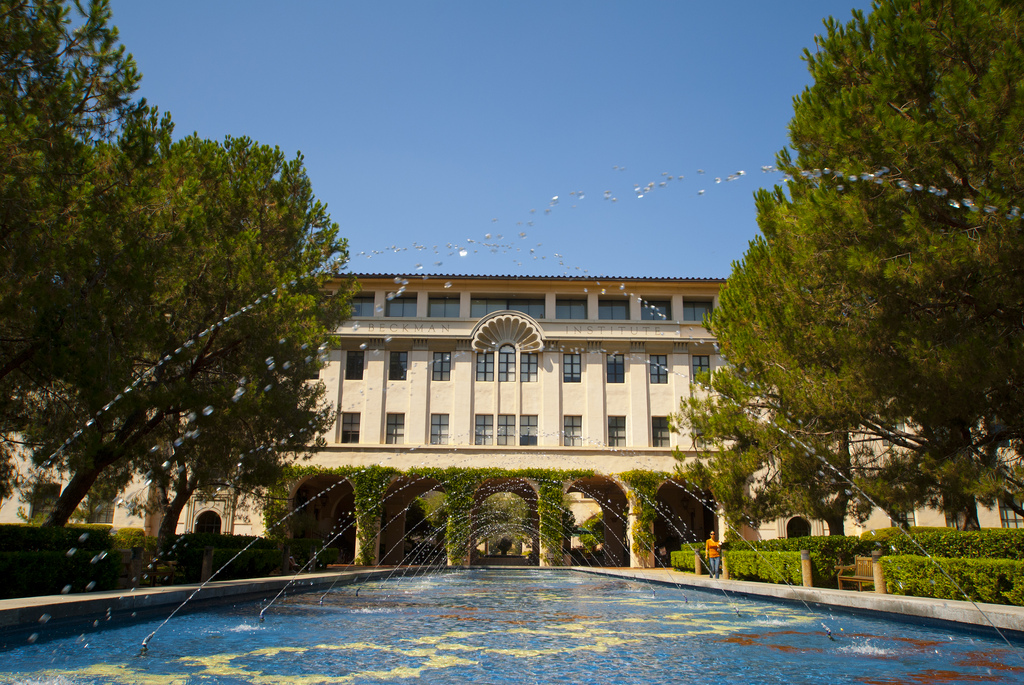
This university focuses on science and engineering and getting into the college is very difficult.
Ivy league schools that are easier to get into: You would have a better chance of being accepted to Cornell, Dartmouth, UPenn, and Brown.
University of Chicago — 8.8%
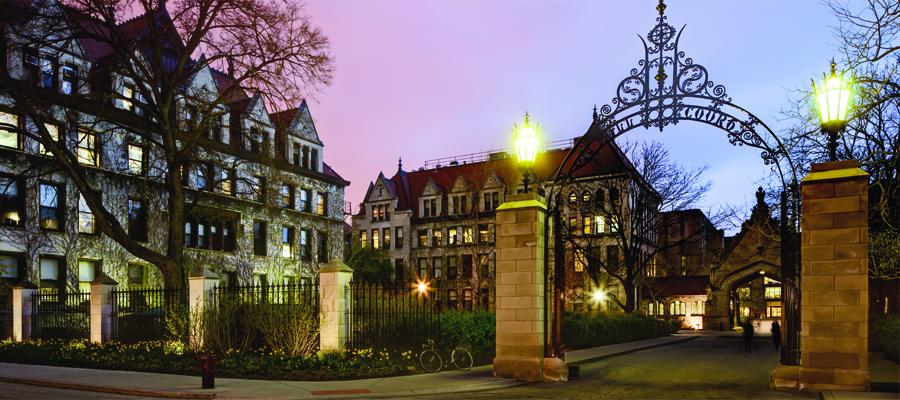
This 125-year-old university in Chicago’s iconic Hyde Park community is considered one of the top colleges in America.
Ivy league schools that are easier to get into: Its admissions rate is lower Brown, UPenn, Dartmouth, and Cornell.
College of the Ozarks — 8.3%
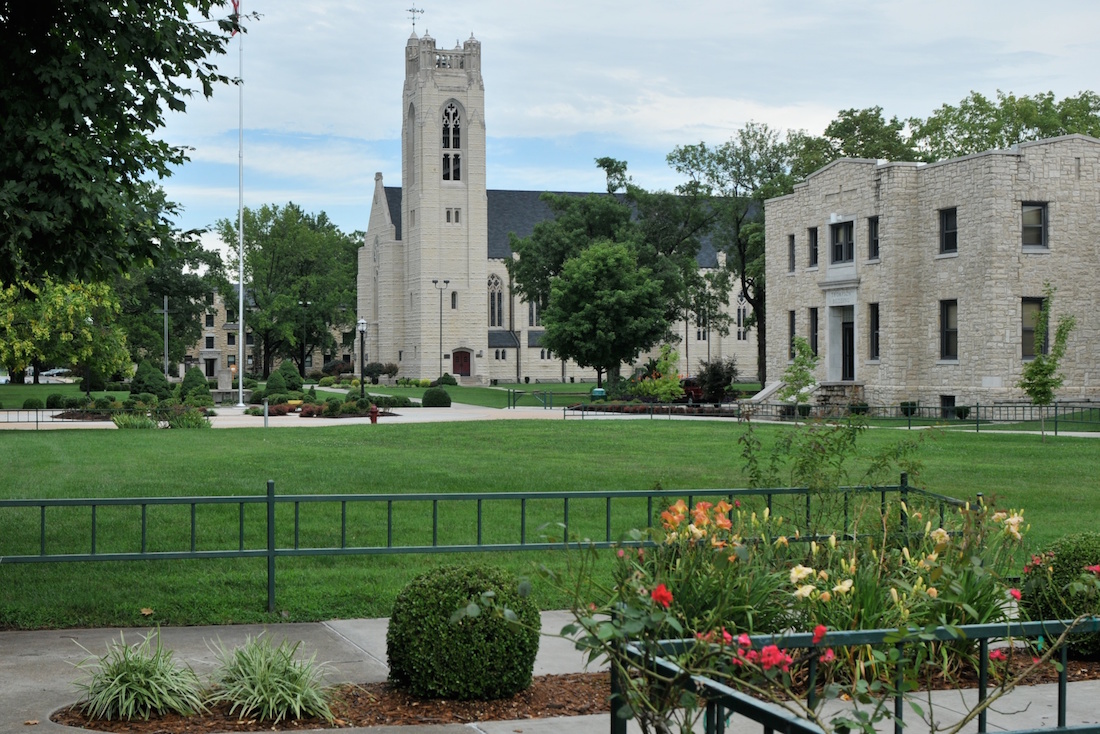
The College of the Ozarks also features a unique acceptance process which requires students to show financial need to get accepted. Students work 15 hours a week on campus and return they receive free tuition.
Ivy league schools that are easier to get into: This Christian college in Missouri has a lower acceptance rate than Cornell, Dartmouth, UPenn, and Brown.
Massachusetts Institute of Technology — 7.9%

This university is known for its amazing engineering, math, and science programs. If you want to build robots, pursue a career in science, or develop the best computer programming skills in the industry, MIT is a good bet for your future.
Ivy league schools that are easier to get into: MIT’s acceptance rate is lower than Brown, UPenn, Dartmouth, and Cornell.
US Naval Academy — 7.9%

Just like West Point, students at the US Naval Academy have their tuition paid for them by the US Navy, but only after they serve a period of active-duty.
Ivy league schools that are easier to get into: This school is once again more selective than Brown, UPenn, Dartmouth, and Cornell.
Alice Lloyd College — 7.1%
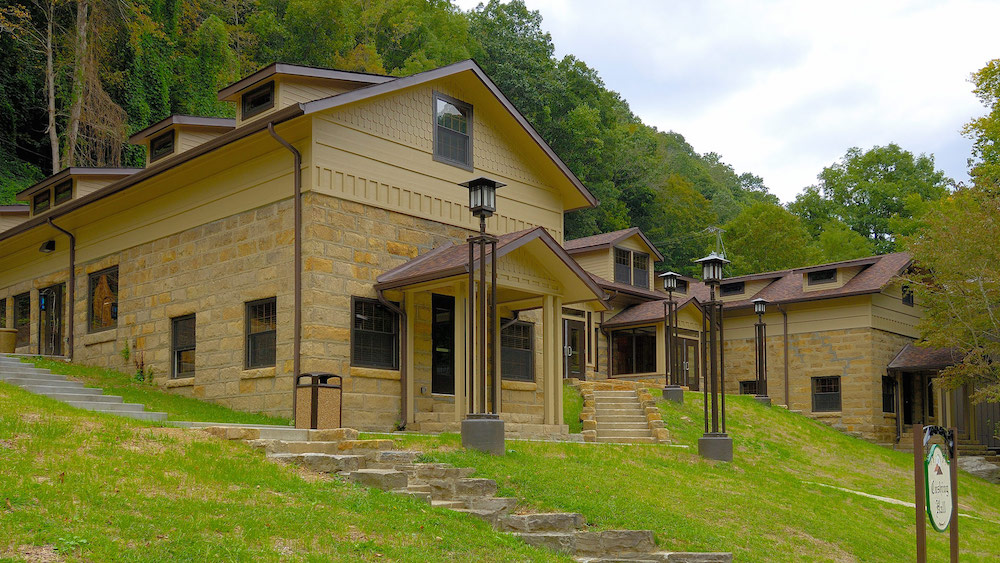
Alice Lloyd is located in rural Kentucky. This school is tiny with only 619 students currently enrolled.
Ivy league schools that are easier to get into: You have a better chance of being accepted to Princeton, Brown, UPenn, Dartmouth, and Cornell.
Stanford — 5.1%
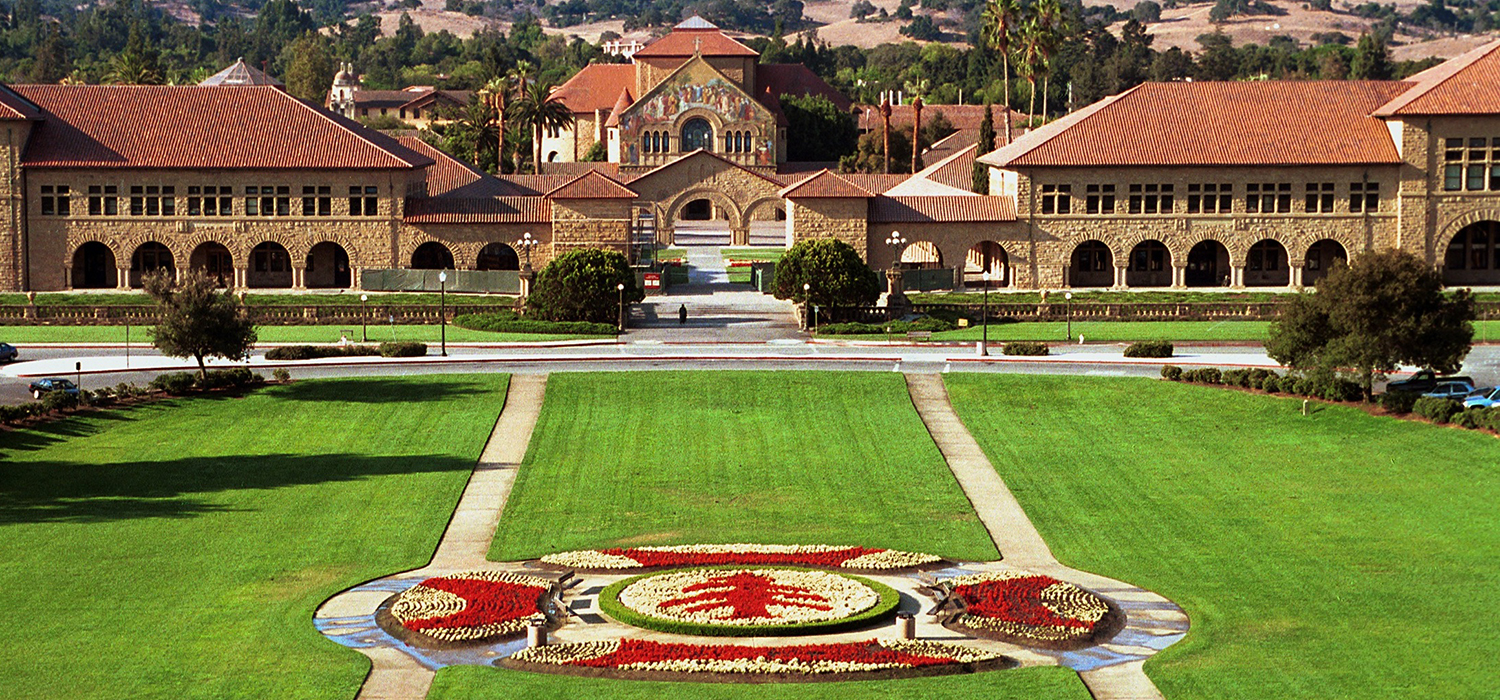
Stanford is the hardest school to gain acceptance to in the United States.
Ivy league schools that are easier to get into: You have a better chance of being chosen by Harvard, Yale, and every other ivy league institution.
